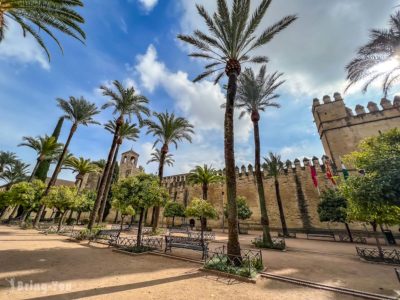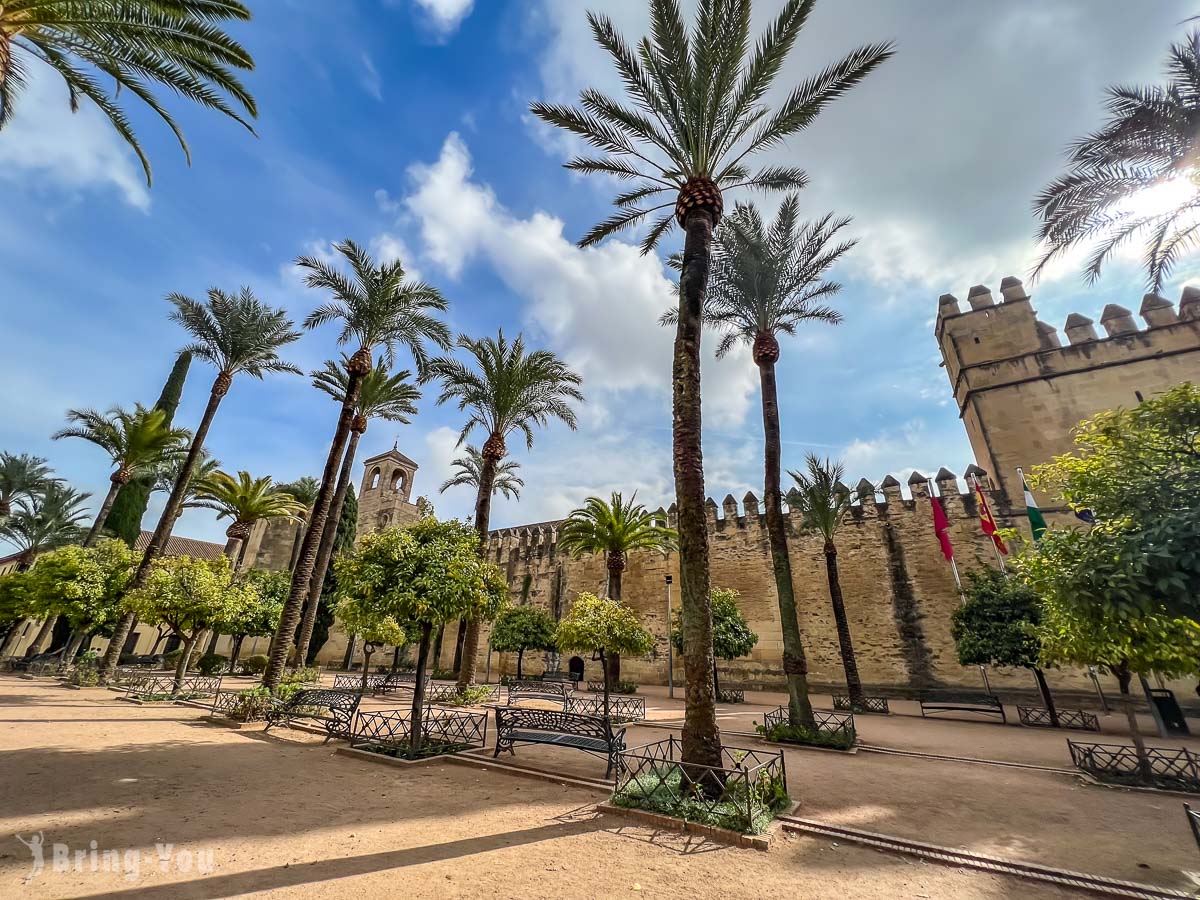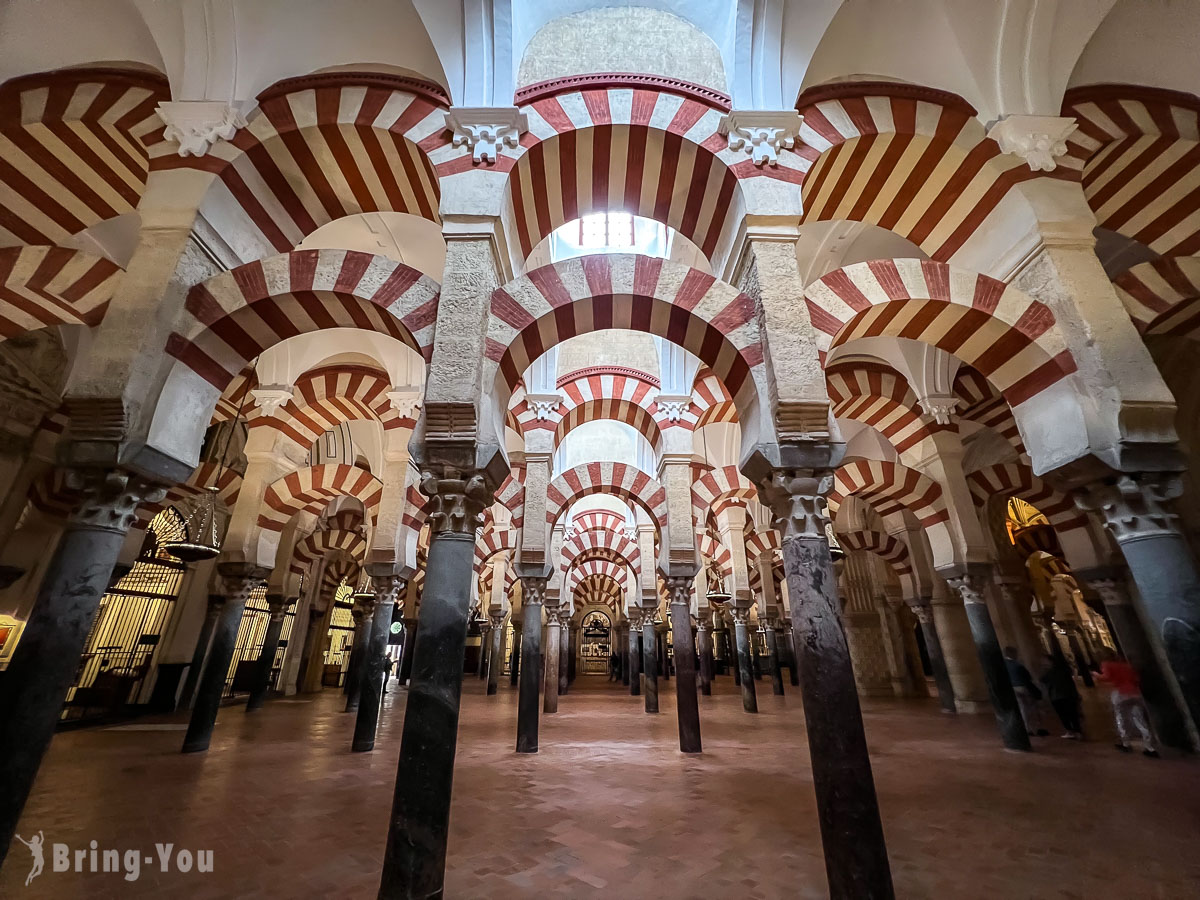
Dubbed as the City of Flower, Cordoba is no more than two hours from Madrid, making it a great stopover for a day trip for history buffs and photographers.
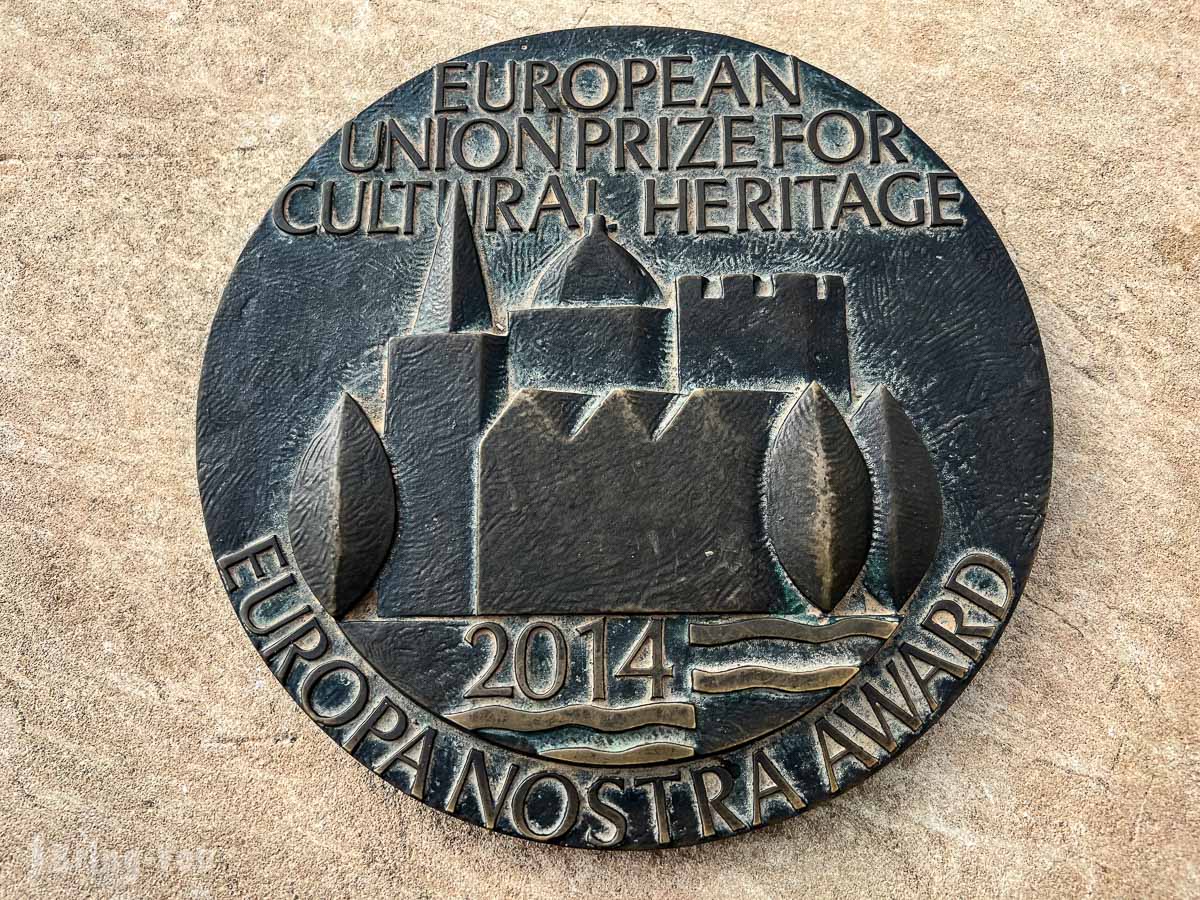
With less than 400,000 people calling this southern Spanish city home, Cordoba is tucked deep in the heart of the headland of Andalusia. Right here, the old olive trees grow strong by the side of ancient cathedrals, while gardens filled with orange trees flank above the rocky outcrop shading winding cobblestoned streets.
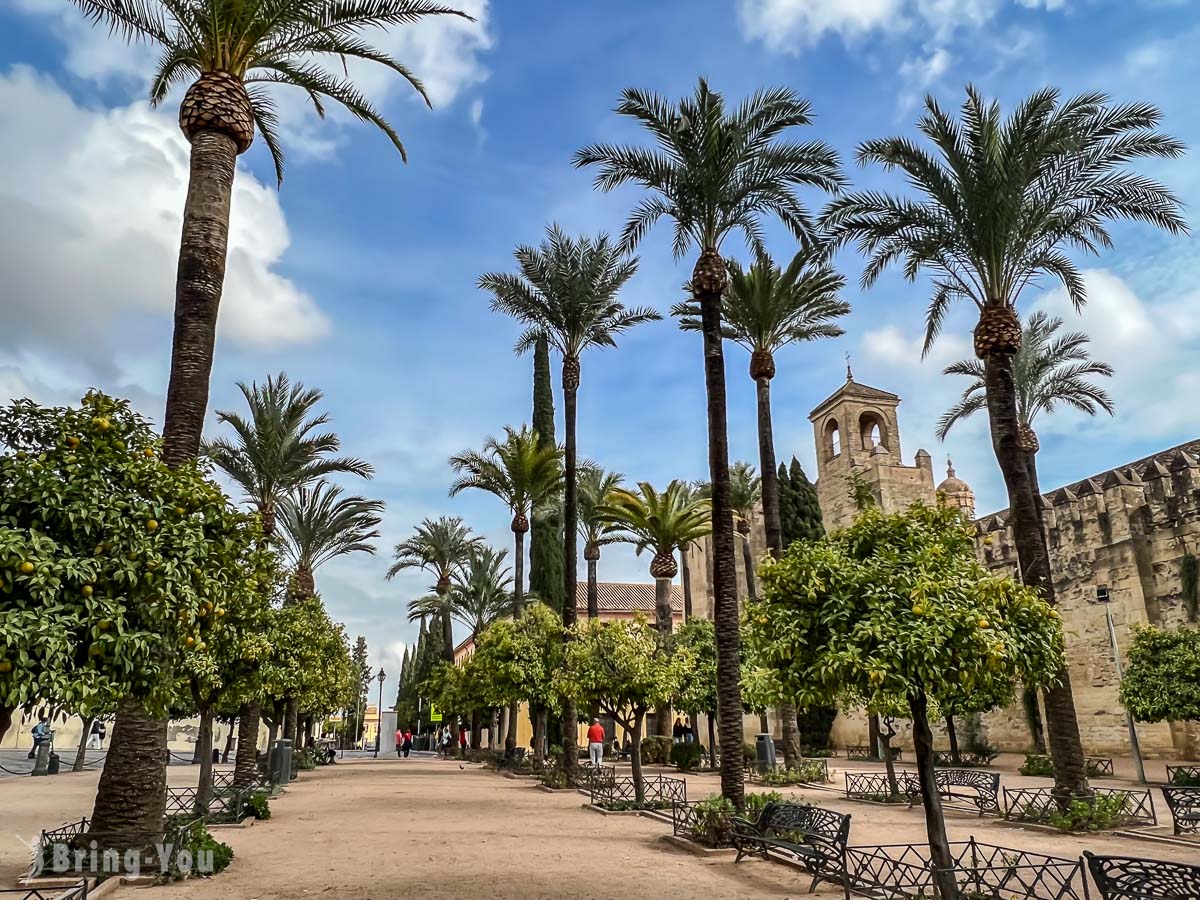
Going back in time, Cordoba’s history is wired into a close relationship with the Roman Empire. From a humble Roman settlement, Cordoba soon turned into an influential city dominating Europe at the turn of the 10th century.
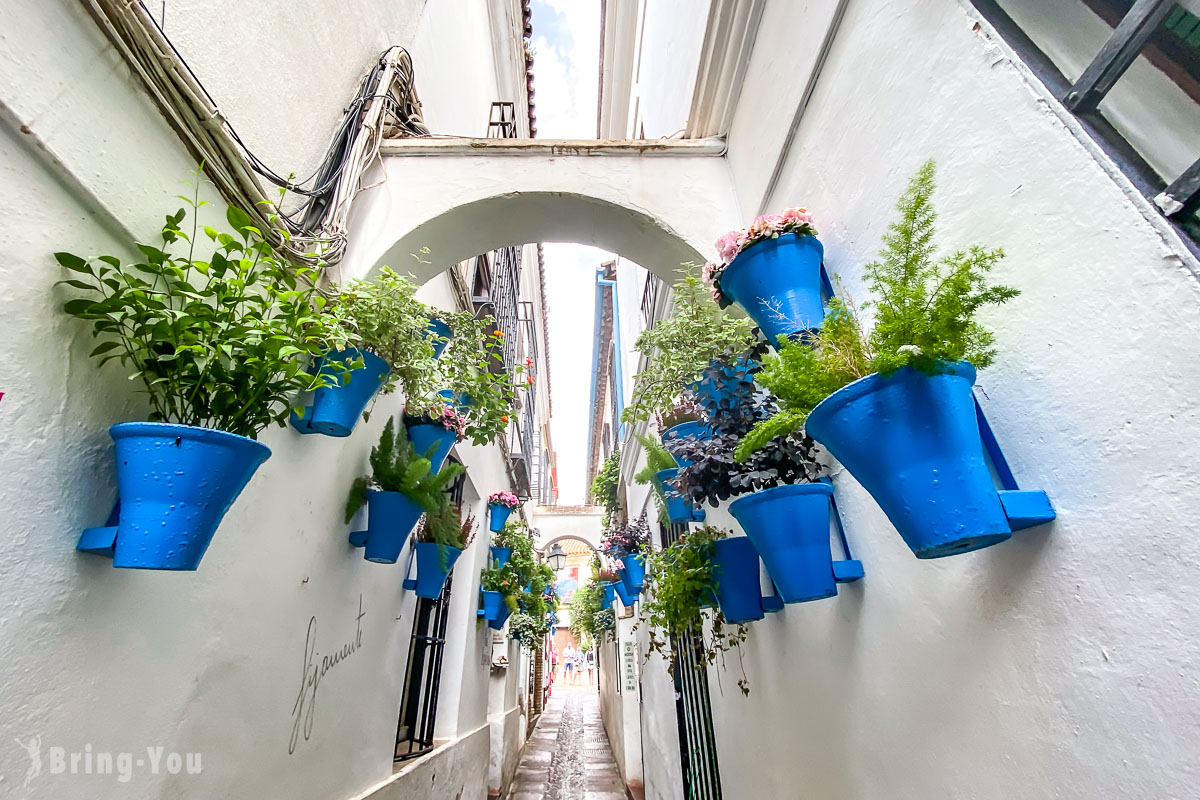
Today, despite it being a small city with a few hundred citizens, Cordoba is still an interesting layover for visitors to Spain. In this article, we’ll be ticking off all the best things to do in Cordoba, plus the best food spots and more.
How To Get To Cordoba?
Now, getting to Córdoba might require a little planning, but don’t worry, I’ve got your back.
First thing first, note that Córdoba doesn’t have its own commercial airport. That means you’ve got to either Seville, Malaga, or Madrid before riding a train or bus here to Cordoba.
By Train
If you’re coming from Seville (Santa Justa train station), it’s only a short 45-minute train ride away.
Meanwhile, a train ride from Granada (Estación de Andaluces Station) is roughly a 1.5-hour train ride.
From Madrid (Madrid Atocha Station), the direct trains to Córdoba take around two hours.
Friendly Reminder: A Spain Rail Pass will save you lots of bucks if you wish to cover most of your travels by train.
By Bus
Buses are also available to reach Córdoba from different cities in the region. Though taking a lot longer to reach Cordoba, buses are known to be cheaper than train fares. If you travel from Seville, a bus ride is roughly 2.5 hours while it is three hours from Granada.
Top-Rated Attractions in Cordoba You Shouldn’t Miss
Start from the heart of Cordoba Old Town and work your way around, starting with a morning visit to the Mosque-Cathedral of Córdoba. All of these iconic landmarks sit along the winding streets, hugging you like a time capsule.
Check out the heritage houses that sit on the century-old parcels of land and reveal each layer of history as you explore further. Crafting your own sightseeing tour in Cordoba is never a hassle, and be prepared to immerse into the Islamic period and the subsequent Christian rule!
Here is a breakdown of my favorite places to visit in Cordoba.
Cordoba Old Town
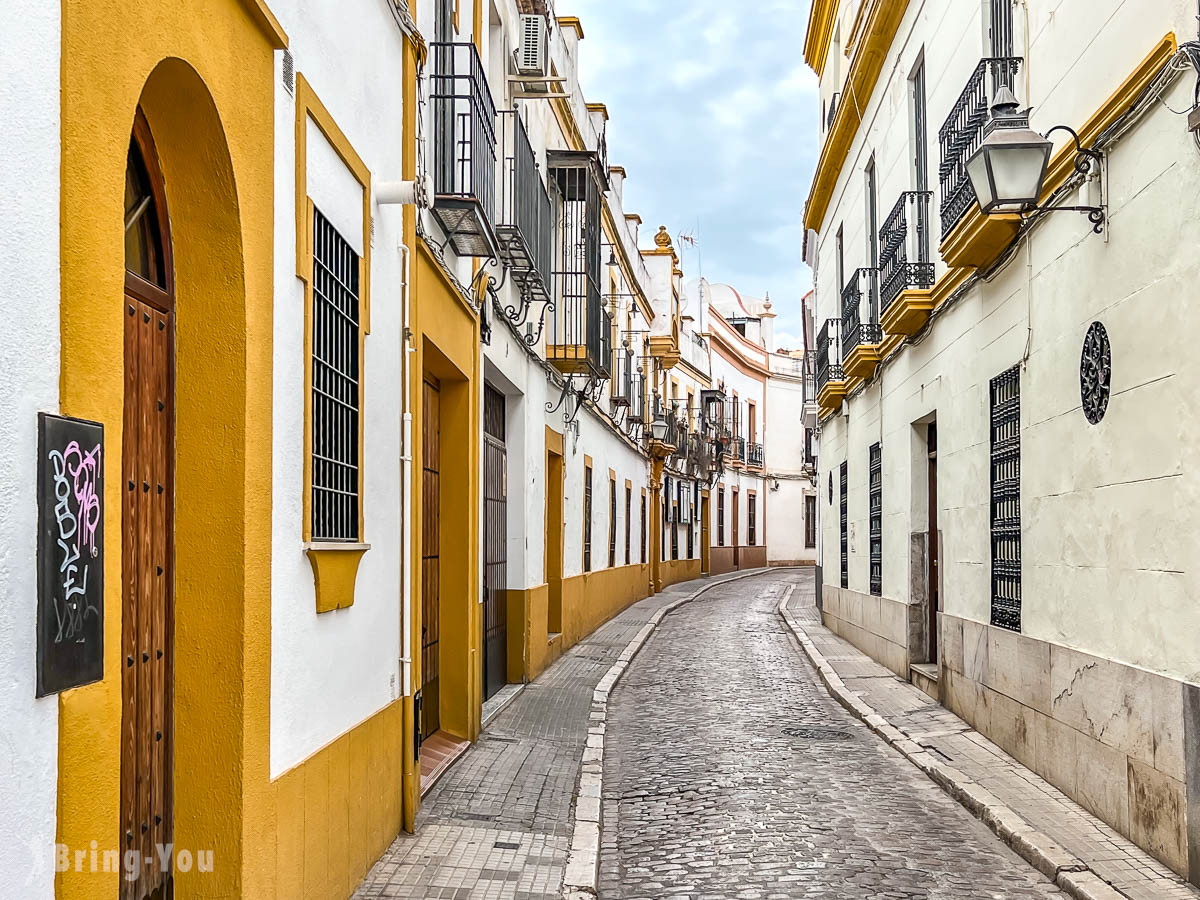
Kickstart your discovery with a stroll through the Old Town. Recognized as a UNESCO Heritage, Cordoba Old Town serves as the base of many iconic historical landmarks peppered along the winding streets.
Take a stroll through the town and you will have a chance to immerse in the scent of orange blossoms and the colorful displays of flowers. Despite the turns of history, many of those heritage buildings with a blissful mix of Roman, Moorish, and Spanish influences still stand the test of time.
Mosque-Cathedral of Córdoba
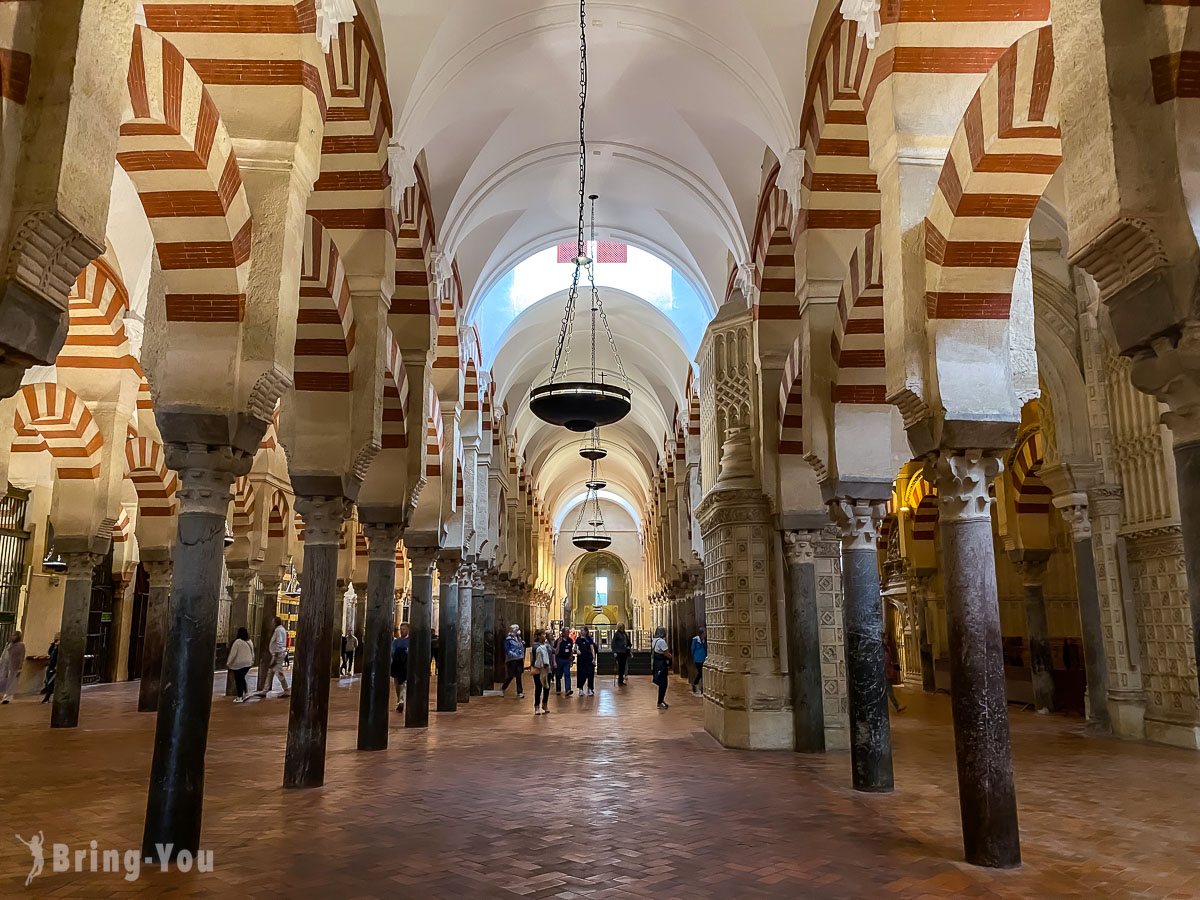
Boasting a fair share of Islamic and Christian influences, the Mosque-Cathedral of Córdoba has taken over this ancient floor since the 8th century. Today, the building serves as a time machine, fetching you back to the golden era of various architectural transformations.
History buffs will be amazed at the double arches, meticulously designed featuring a horseshoe-shaped arch at the bottom to enhance the visual effect.
Step outside and contemplate the exquisite designs made using red brick and stone. Pay closer attention and you will find all the tiny bits of carefully crafted patterns and motifs that reflect the rich Islamic art forms with hints of Christian flare.
Roman Bridge of Córdoba
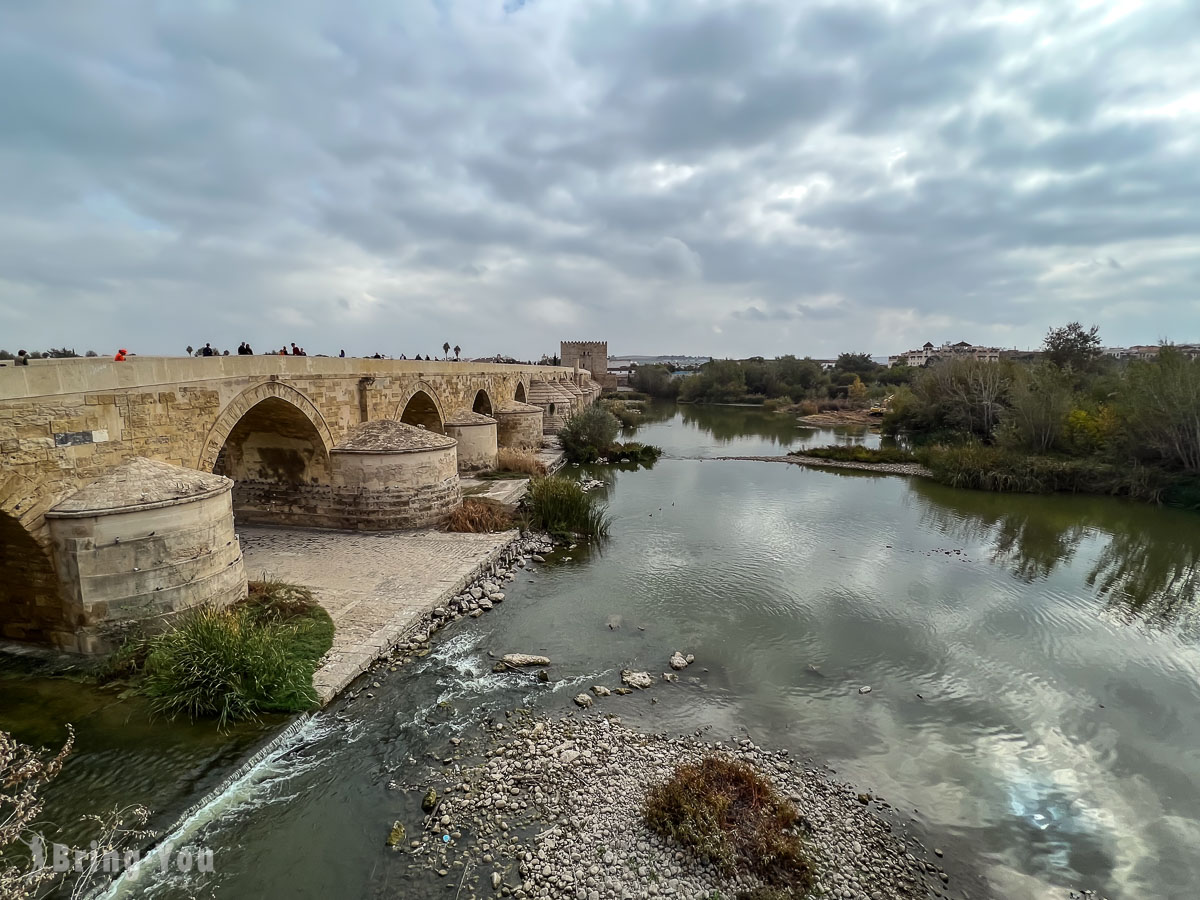
For a mind-boggling twenty centuries, this ancient Roman Bridge is still going strong as a time capsule, enveloping the majestic history of the land wired as far as the 1st century BC. As the locals attest, the bridge boasts the dramatic beauty of Roman architecture, holding the title of the first bridge that ever crosses the Guadalquivir River.
Alcazar of the Christian Monarchs
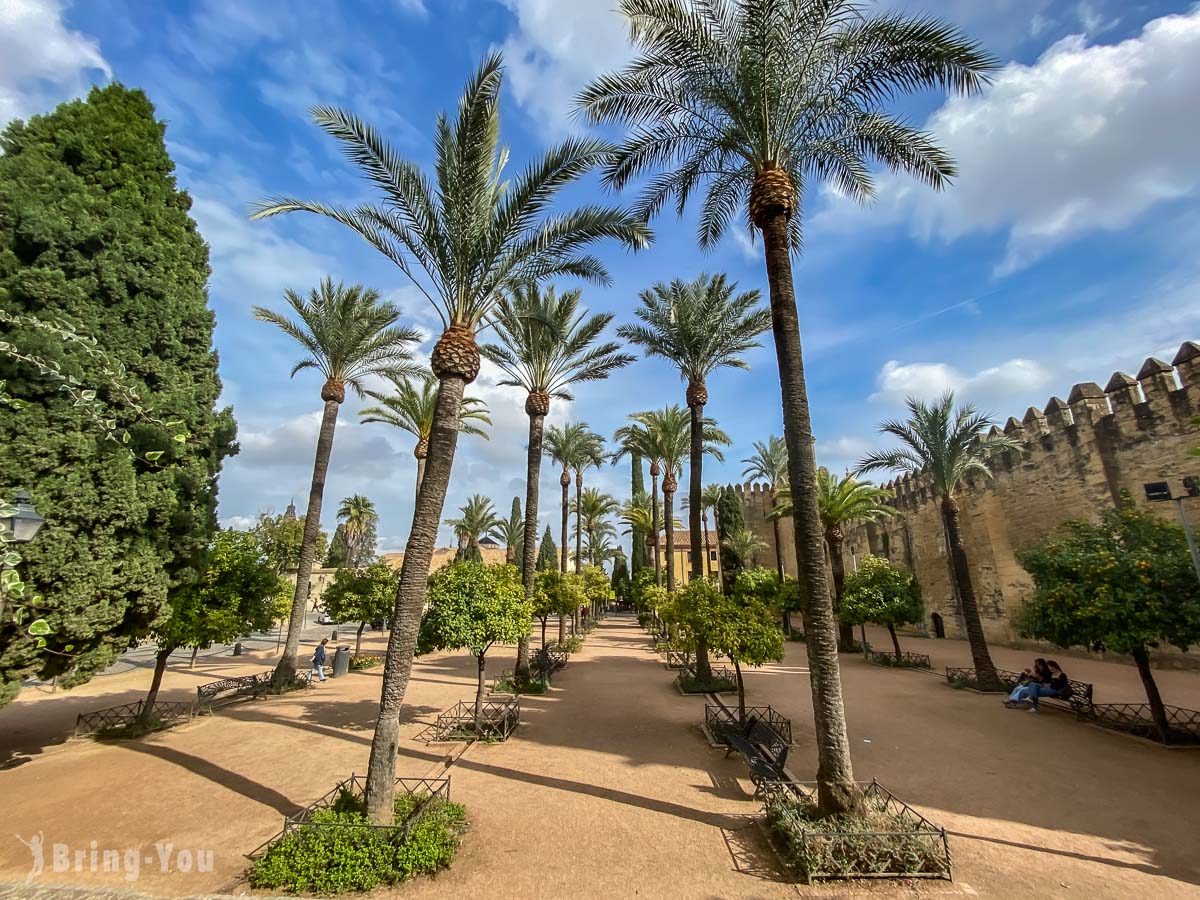
Hands down my favorite spot to soak in the ancient feel of Cordoba, this almighty stone mansion has undergone various transformations over the years, starting as the residence of Roman governors before its destiny segues into being a Visigoth fortress.
Today, the entire complex sits on a vast area, housing everything from magnificent baths, and breathtaking gardens, to a massive library dubbed as one of the country’s largest of its kind.
Calleja de las Flores
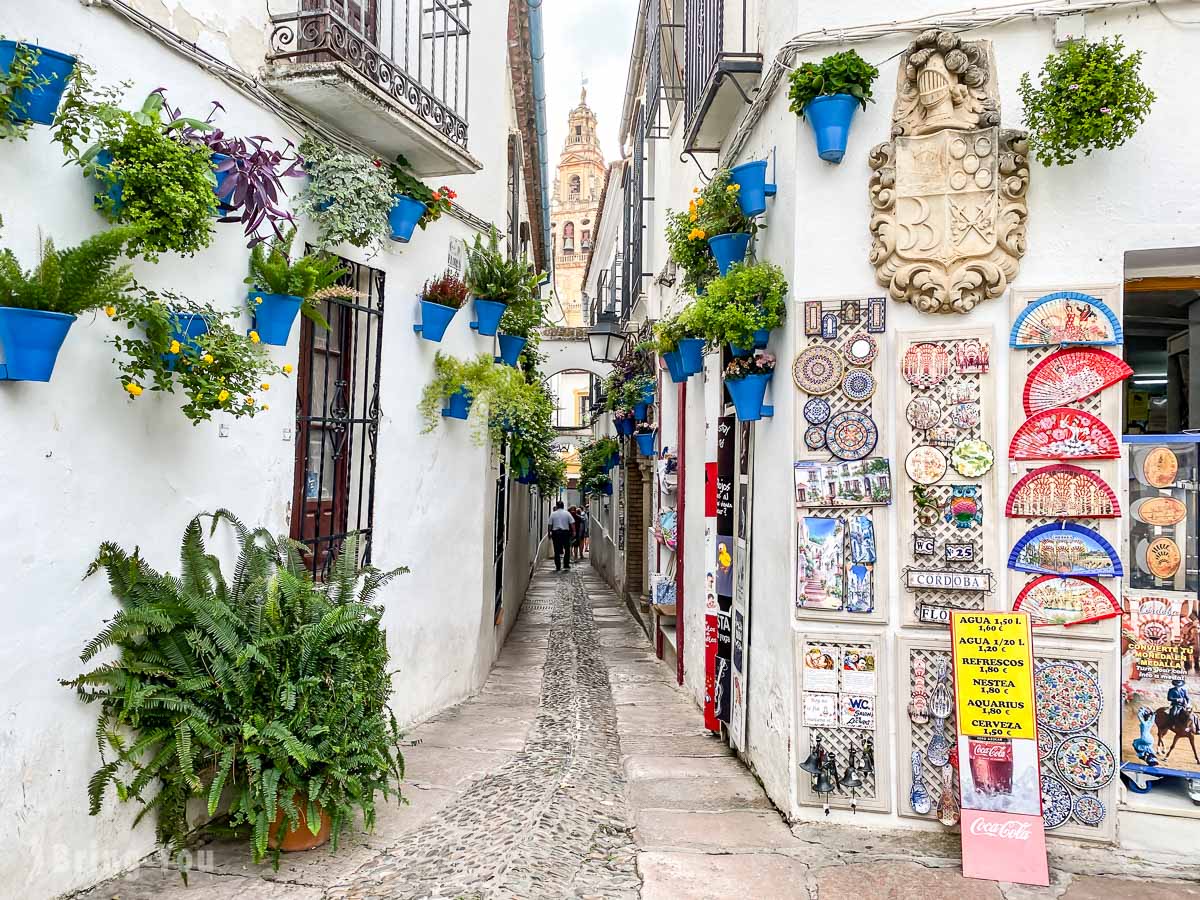
Going beyond Insta-worthy shots, Calleja de las Flores seems as if it opens a door to a whole new world where all your favorite Disney scenes gather in one place. I’m talking about a charming street soaked in the warm Andalusian sun, sprinkled with lines of whitewashed houses spilling fresh flowers out of the hanging pots. It’s like something straight out of a fairytale. Right in front of this magical street, there’s a grand Mosque with an impressive northern facade.
Fiesta de los Patios – Patio Festival (Courtyard Festival)
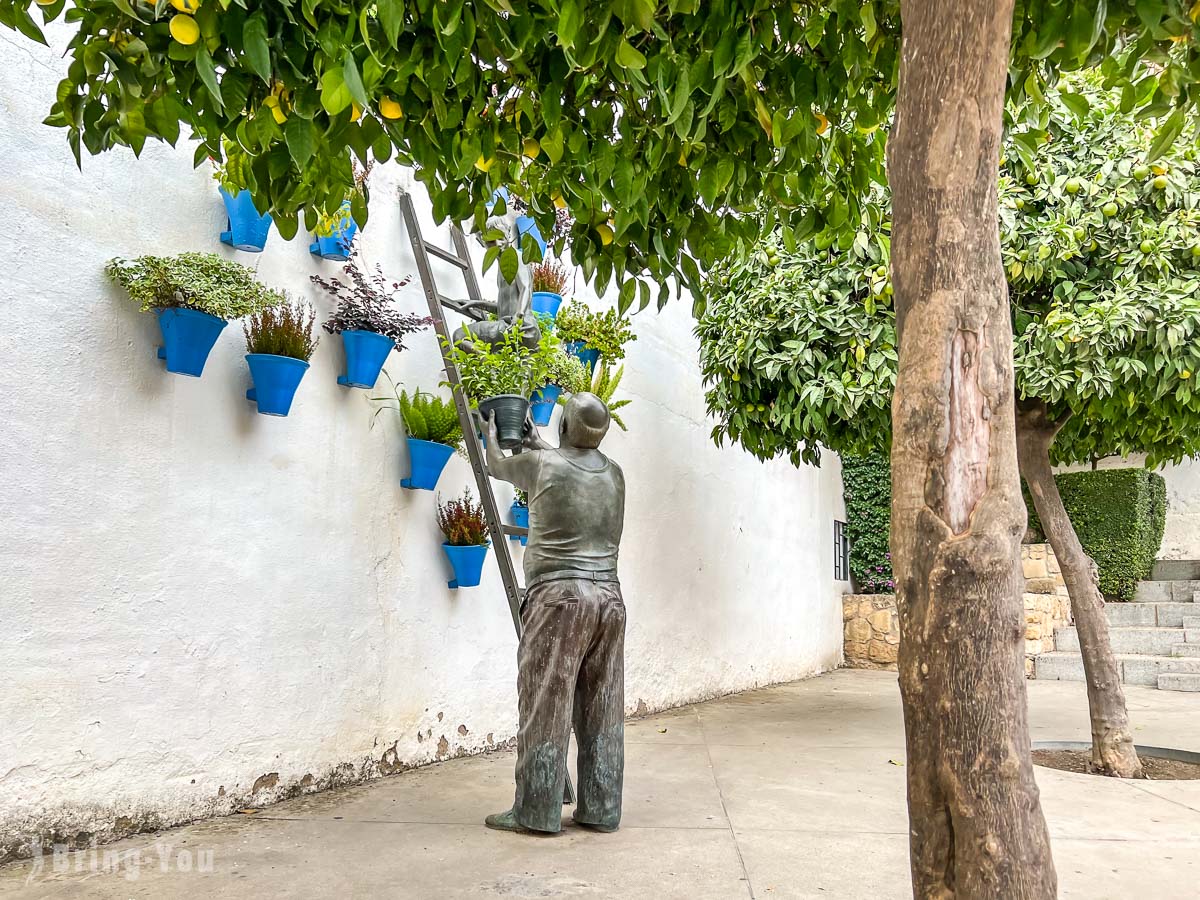
It would be a huge mistake not to pay this famous annual festival a visit if you ever stop by Cordoba in summer. Each year, the residents of Cordoba open up their homes and invite the public to explore their beautiful courtyards. Making your way through those gorgeous sun-kissed buildings is like stepping into a secret world filled with enchantment and natural wonders. The festival is a perfect opportunity to witness the rich heritage of Cordoba and get a glimpse into the lives of its residents.
As you wander through the courtyards, get ready to be greeted by a breathtaking display of trees, flowers, fountains, and charming accessories.
A Brief Foodie’s Guide In Cordoba
Leaning their backs against the foot of the dramatic Guadalquivir Valley, Cordoba and Andalucia share major similarities in their famous food scene. I broke down a brief list of Cordoba’s cuisines below along with my favorite restaurants you can check out the next time you hit the streets with an empty stomach.
5 Authentic Cordoba Dishes You Can’t Forget
- Salmorejo: a rich tomato soup that is usually served cold.
- Rabo De Toro: using oxtail as the main ingredient, this hearty broth is simmered for good hours with hints of red wine.
- Flamenquín: a ‘not-really-healthy’ rich bite using cured ham and pork loin deep fried with cheese to create a crunchy wrapped roll.
- Berenjenas Con Miel: deep-fried eggplants served on the side of honey dipping sauce.
- Pastel Cordobés: a classic puff pastry stuffed with sweetened spaghetti squash.
3 Top-Rated Food Spots In Cordoba To Seek Traditional Bites
Restaurante Casa Rubio
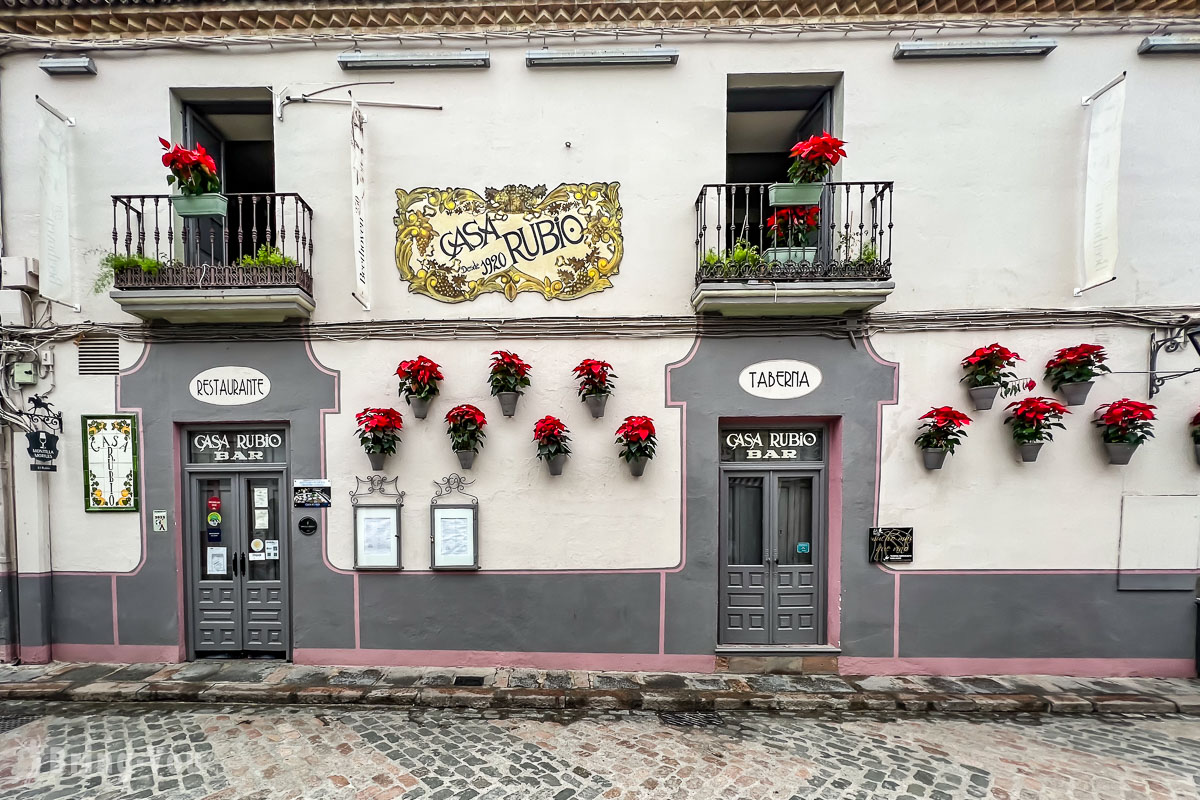
Dishing up mouthwatering Andalusian staples in a cheerful setting, Restaurante Casa Rubio is built on a skeleton of a 1920s heritage building. There is a tapas bar sitting on the side of an à la carte dining hole.
Casa Pepe de La Judería
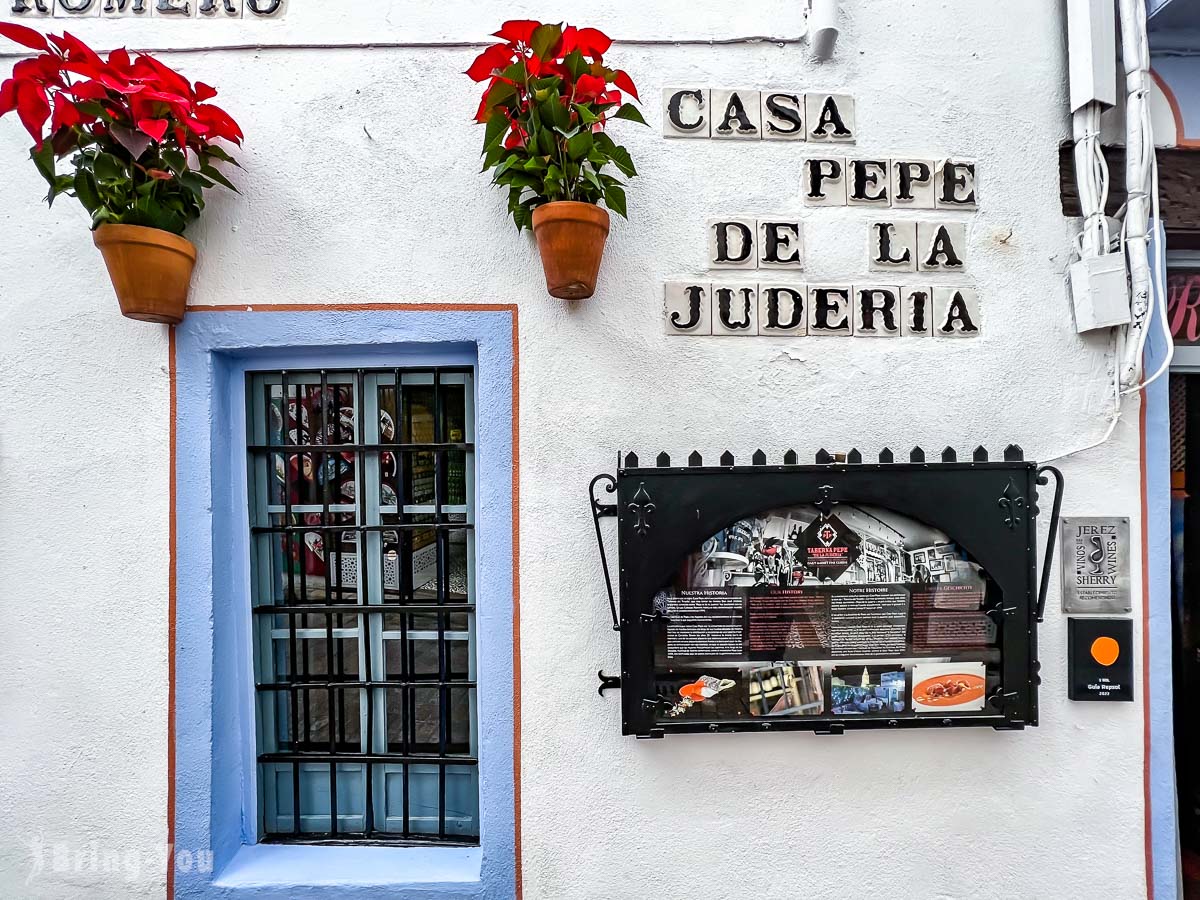
This is undoubtedly my favorite food spot that receives a standing ovation from even the most demanding diners. Serving oxtail stew and breaded pork rolls under a breezy rooftop house, Casa Pepe de La Judería is a perfect place to chow down on your mazamorra and gazpacho while waiting for a well-simmered oxtail to come.
Mercado Victoria
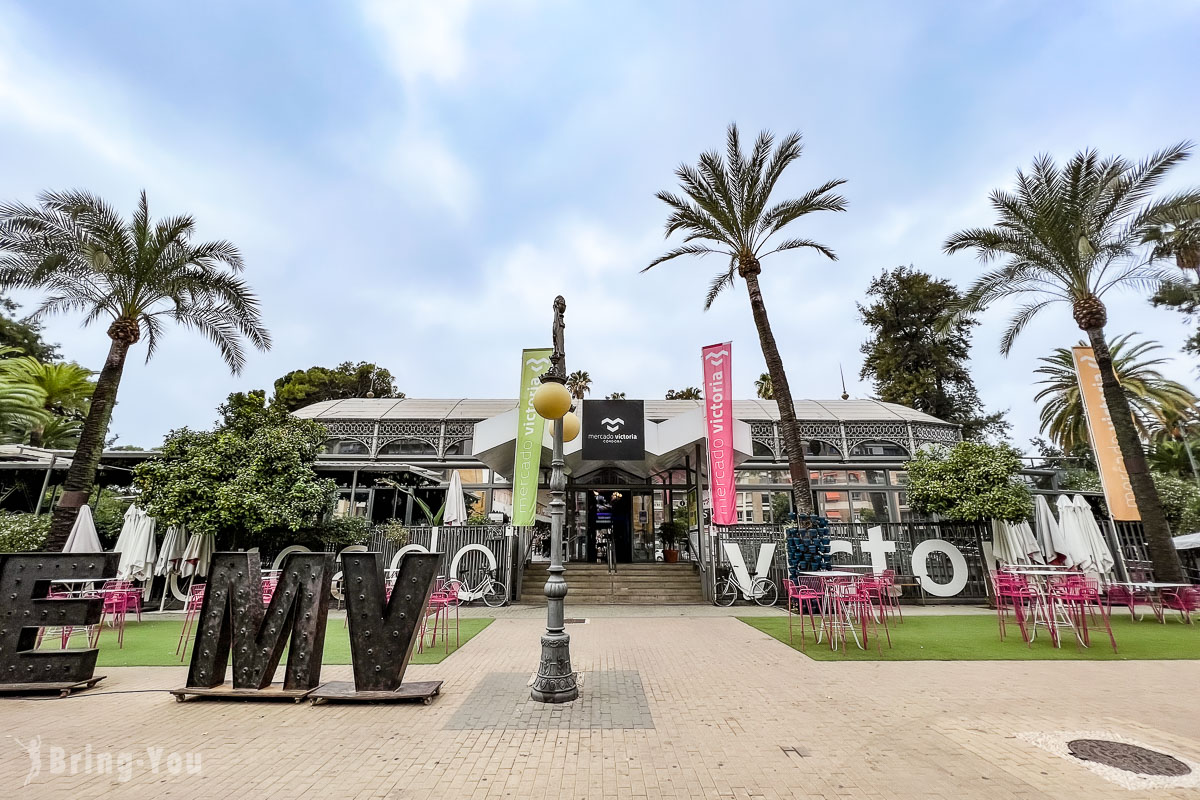
Those who wanna take it easy will find this indoor market a charm. Rows after rows of local food vendors line up offering everything from ham, salads, biscuits, and desserts to roasts and seafood for travelers heading out of the nearby Cordova Train Station.
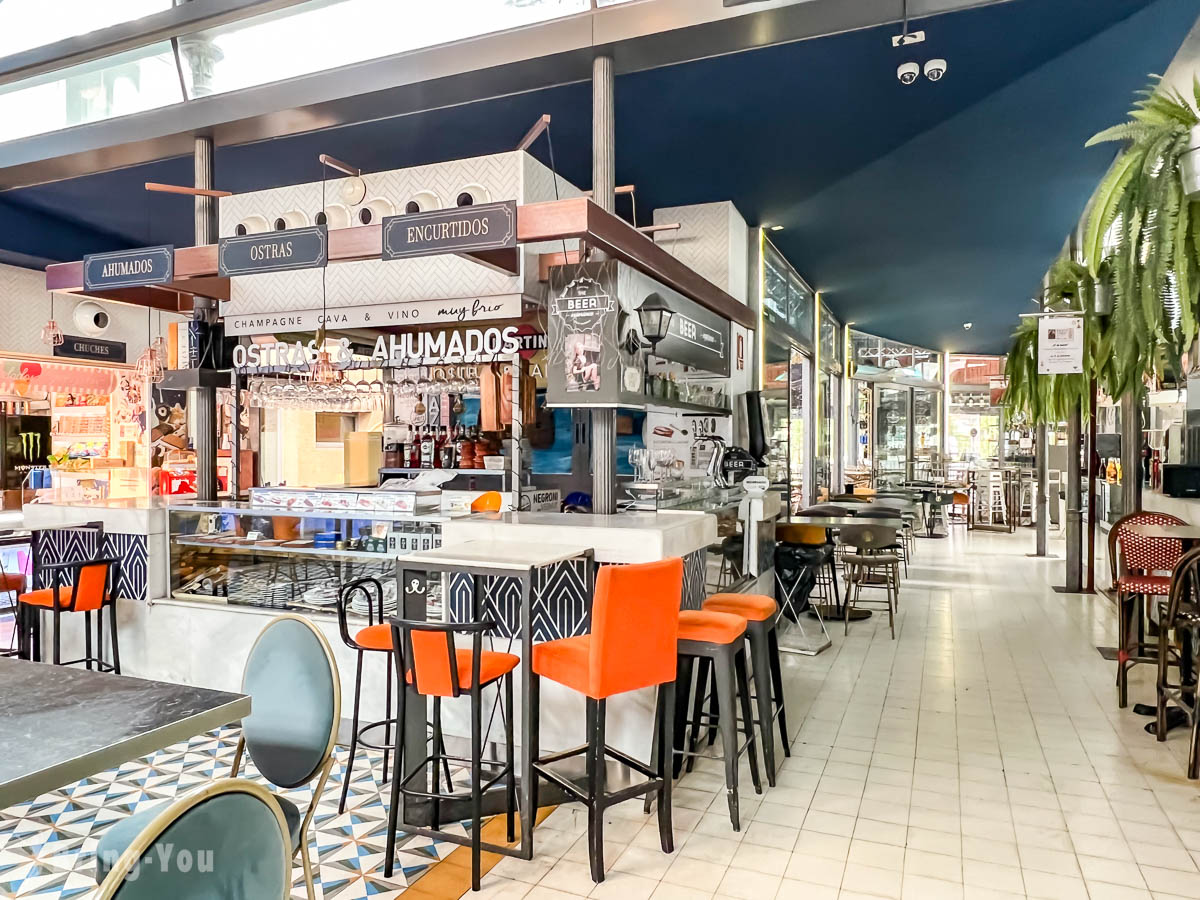
Where To Stay In Córdoba?
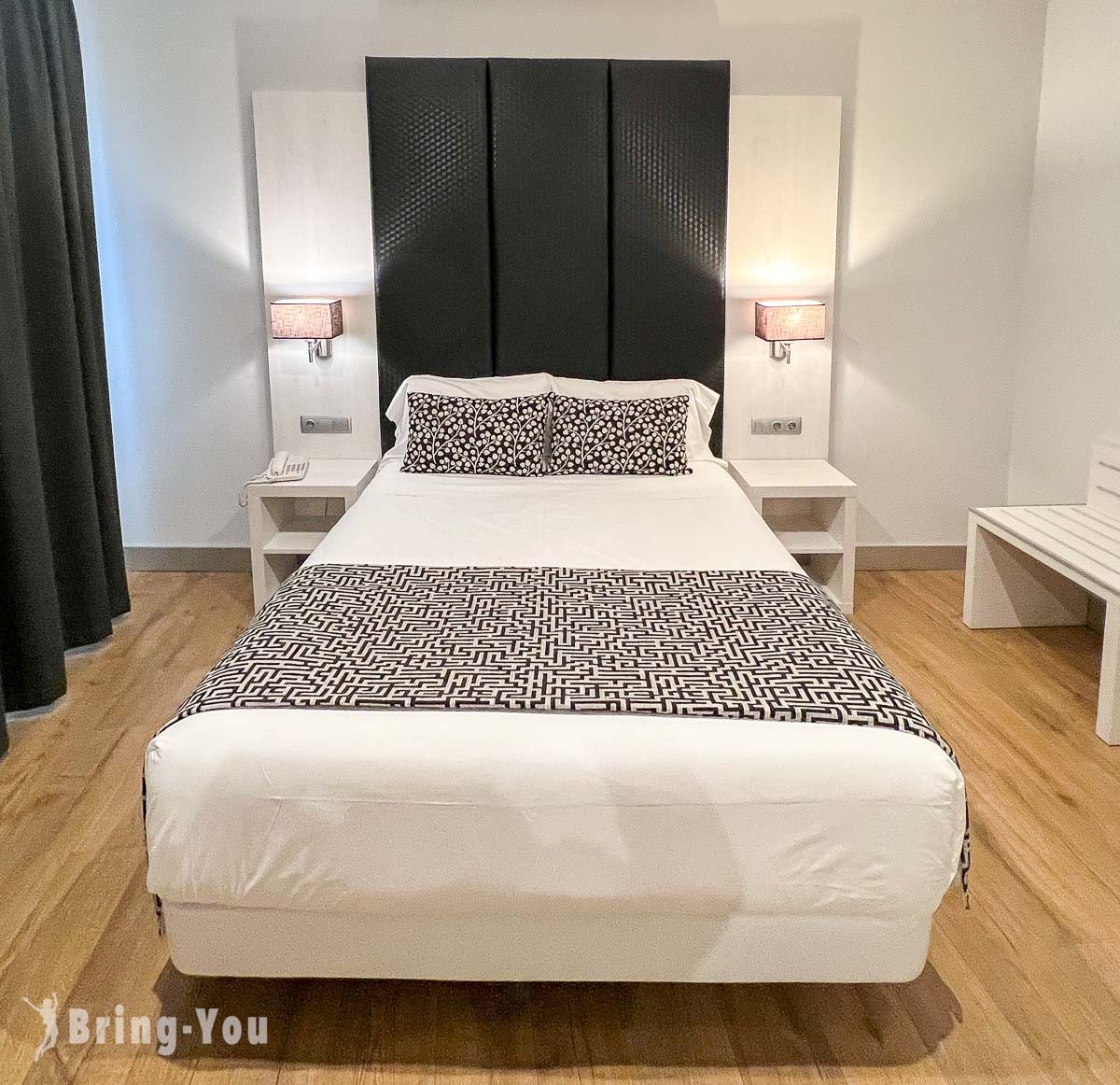
If you hit the city for the first time, stick to the Córdoba Railway Station which allows you to get around town a lot easier. Known as Cordoba Central, the train station serves as a beacon for a multitude of stellar accommodations waiting ahead right after you disembark with your luggage behind.
I spent a few nights at Hotel Selu just across La Victoria Garden and I can’t recommend this spot enough.
Check the latest rate and read more reviews here.
Other than the Islamic influence with a Christian touch, Cordoba is also known as the city of leather manufacturing sites and silversmiths. To make the most of Cordoba, I highly recommend at least three days there.
